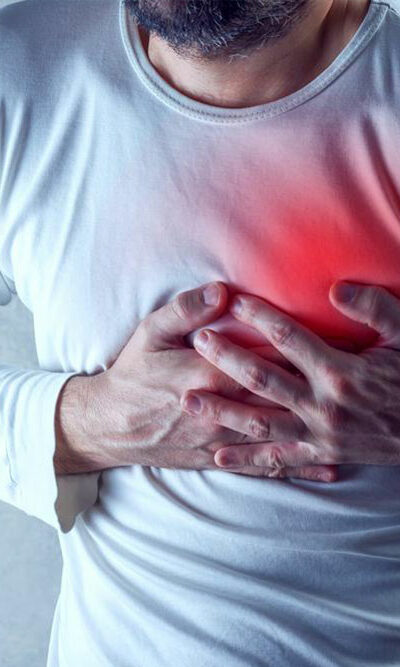
Causes, Symptoms and Treatment of Primary Pulmonary Hypertension
PAH or pulmonary arterial hypertension is also known as primary pulmonary hypertension. It is a very rare hypertension disease that affects your capillaries and arteries. The blood from the right ventricles of your heart flows into your lungs through these vessels. When the pressure in your arteries arises, your heart has to work much harder to pump the blood and as a result, it weakens the heart muscles. This can result in death as well. You cannot be cured of primary pulmonary hypertension. However, there are treatment options available for you to cope with it. Symptoms During the early stages of the primary pulmonary hypertension, you will not get any such noticeable symptoms. However, as your condition gets from bad to worse, there will be some symptoms that will get more and more noticeable. These symptoms include: Dizziness Chest pressure Fainting Fatigue Difficulty breathing Heart palpitations Rapid pulse Chest pain Bluish spots on your skin and lip Swelling of legs and ankles Swelling of your abdomen towards the later part of your disease You will find it difficult to breathe when you exercise or perform any other type of physical activity. Also, you might find it difficult to breathe even at the time when you are taking rest. Causes PAH happens when the capillaries and the arteries which carry the blood from the heart to the lungs gets destroyed or constricted. This happens due to multiple reasons. But the exact reason for primary pulmonary hypertension is yet to be discovered by the doctors and scientists. According to research, almost 15% to 20% of the people who suffer from PAH in the country have it hereditarily. This is due to the mutation that takes place in the BMPR2 gene or other genes. This genetic mutation can continue to happen from generation to generation leaving someone a chance to develop this disease at the later part of their life.










